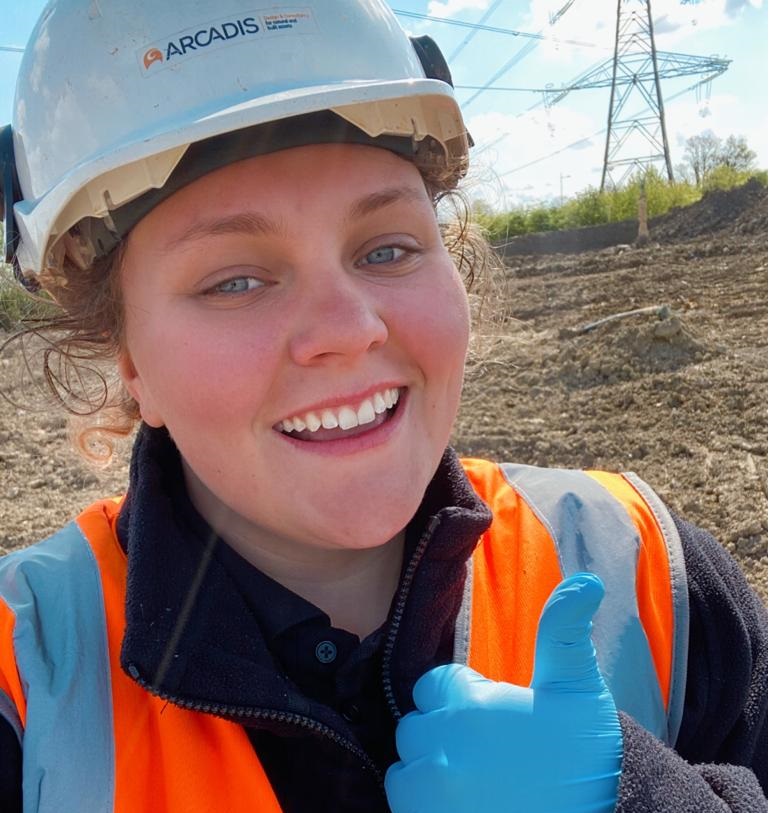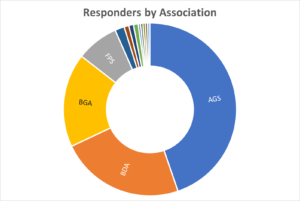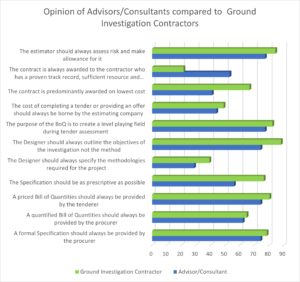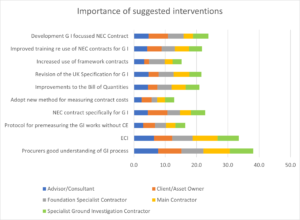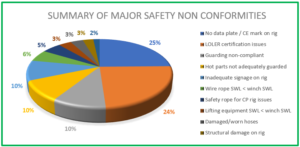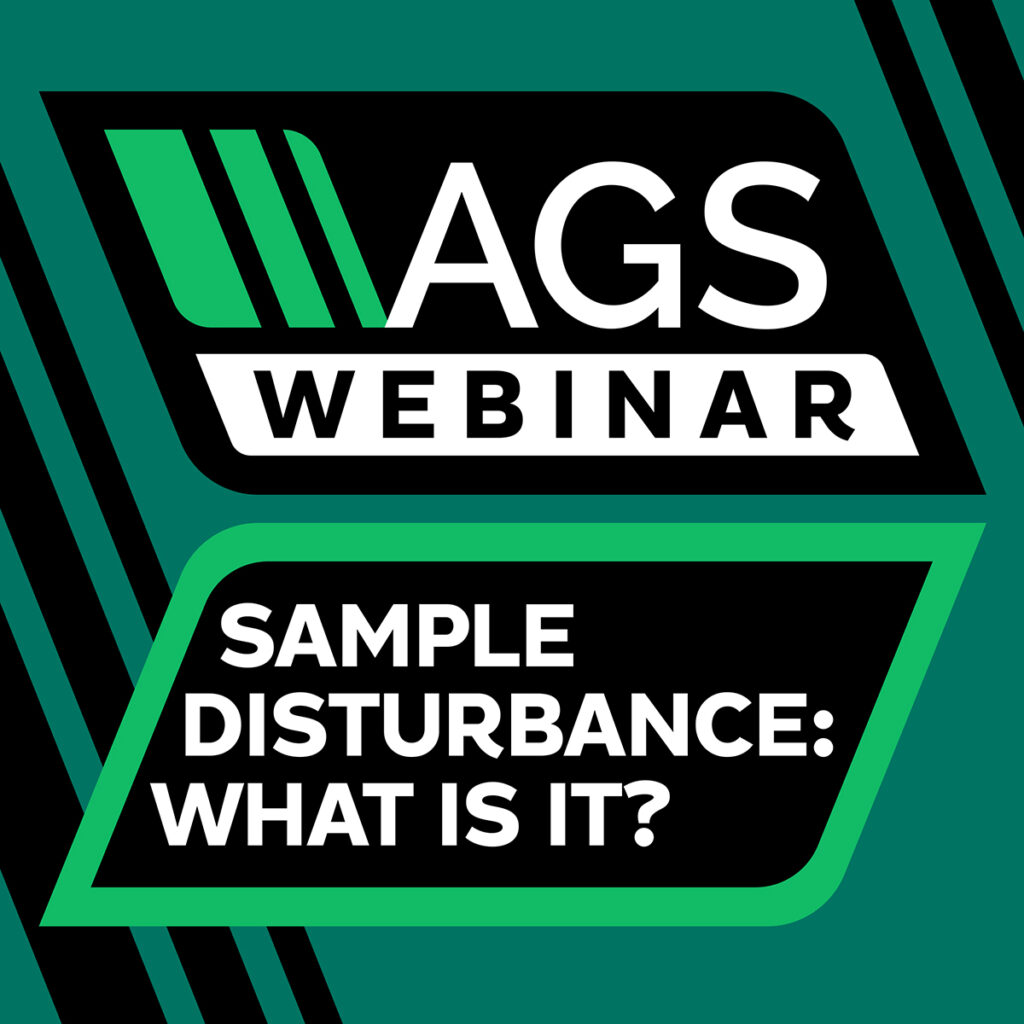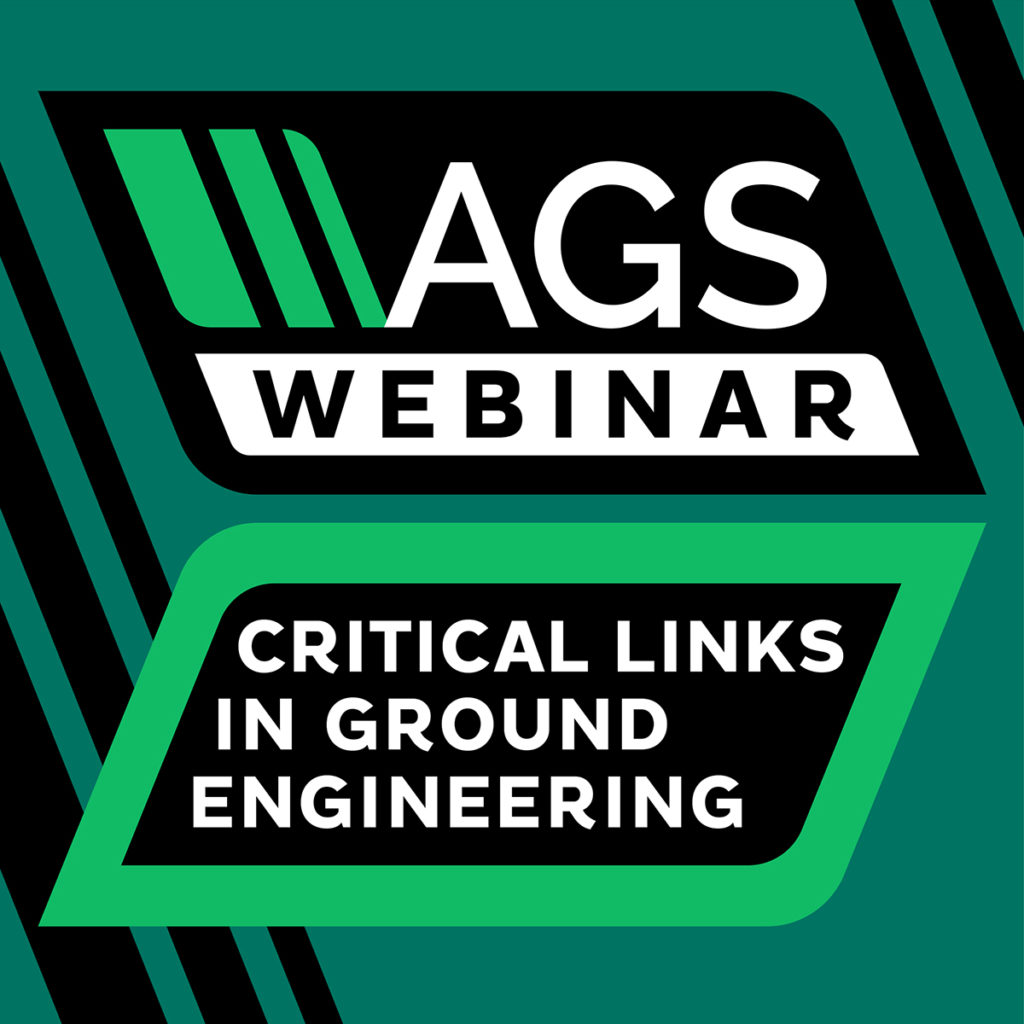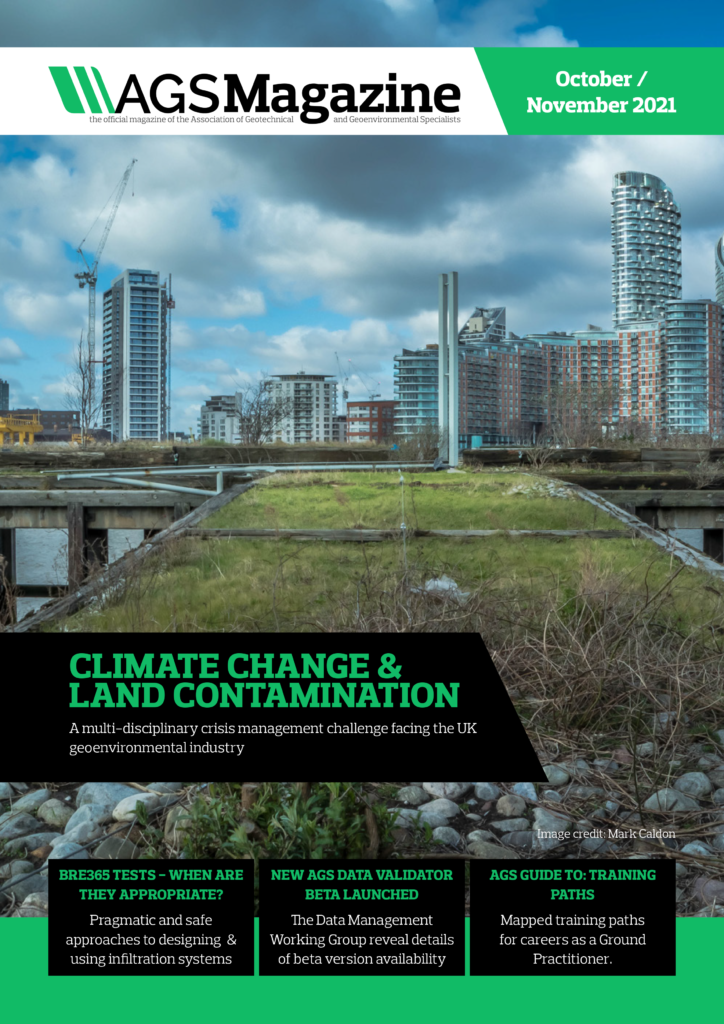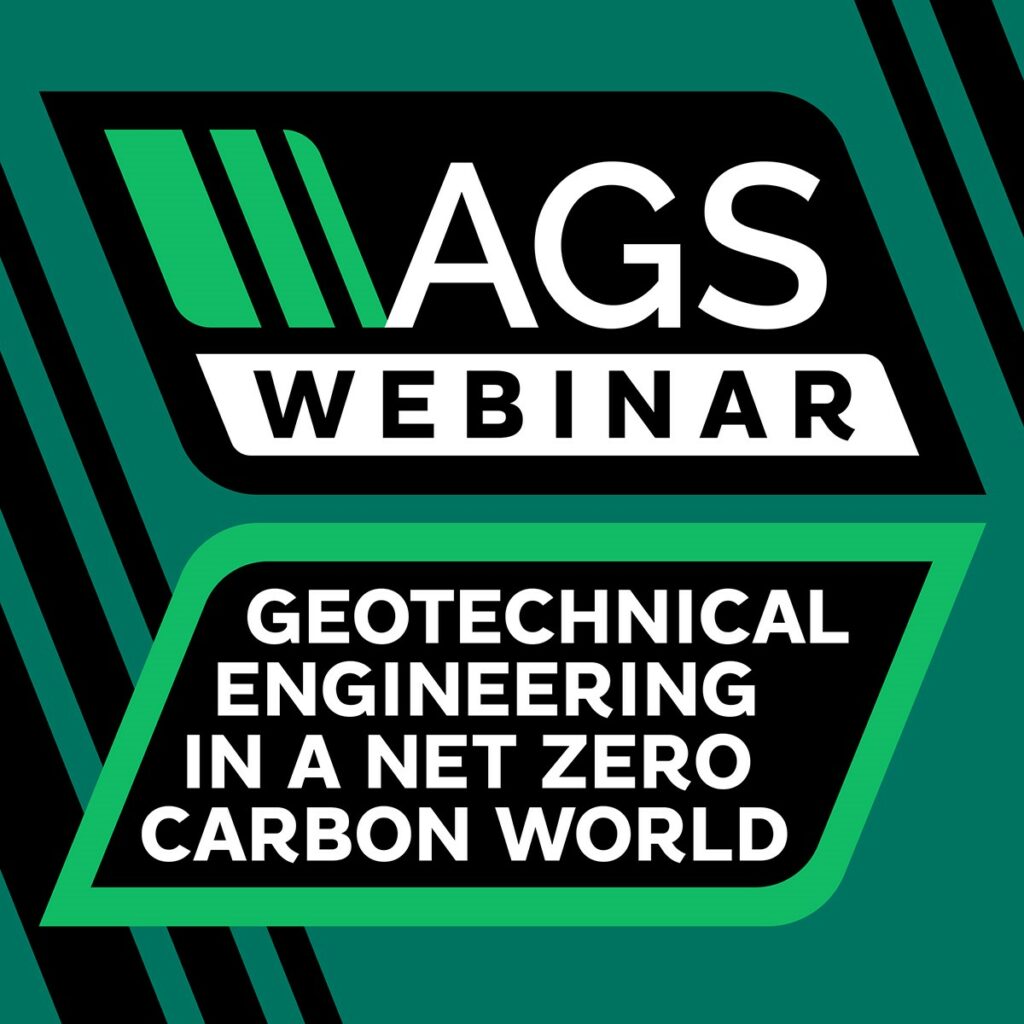Name: Susie Marley
Job title: Senior Geotechnical Engineer
Company name: Geotechnical & Environmental Associates (GEA)
What does the company do and what areas does it specialise in?
GEA is a geotechnical and contaminated land specialist. We carry out ground investigations, interpretive reporting and provide consultancy services, and specialise in basement impact assessments and ground movement analyses, foundation engineering and complex contaminated land investigations and consulting.
Where is GEA located?
Our head office is based in Ware, Hertfordshire, and we also have offices in Nottingham and Manchester, along with a shared workspace at The Building Society in London.
How many people does the company employ?
25 (and nearly 50 % of our engineers are female)
How long have you worked at GEA?
Five years
What is your career background, and what enticed you to work for GEA?
I started at GEA a few weeks after completing my final year undergraduate exams at Camborne School of Mines/ University of Exeter. I had completed a summer placement at a ground investigation company the year before and used that experience and some of the projects that I worked on as the basis of my dissertation, which led to an interest in pursuing a career in the sector. A number of things stood out at GEA, including the opportunity to work on a wide range of projects from small residential extensions to larger commercial basement type projects, and in varying ground conditions on projects across the country. Our Managing Director is of course extremely knowledgeable, but is also very approachable, which was clear from the start and can be invaluable. The company’s approach of getting graduates out on site straight away and working on their own projects early on appealed to me too, and the converted barn head office in a rural setting and perks like weekly fresh fruit deliveries and free gym membership were added bonuses! More recently, GEA have supported me in completing the Imperial College MSc Soil Mechanics course part-time, including a thesis project with some real site data incorporated into the laboratory research undertaken at ICL, and this is proving to be a of huge benefit to technical understanding and career progression.
What is your current role within GEA and what does a typical day entail?
As a senior geotechnical engineer, my role includes both office and field based roles, including specifying and pricing up new projects, completing desk studies including contamination risk assessments and basement impact assessments. I arrange and carry out all aspects of site work including setting out, instructing, supervising and working with crews, logging geology, logging foundation inspection trial pits and collecting samples, carrying out a range of in-situ tests and specifying standpipe installations. After fieldwork, I schedule geotechnical and contamination testing, carry out monitoring and groundwater sampling, review the fieldwork findings and write comprehensive (interpretive) ground investigation reports including preliminary pile designs, retaining wall parameters, hydrogeological assessments and quantitative contamination risk assessments. I update clients/ structural engineers/ architects throughout the project and liaise with Local Authorities, and keep track of project spending against the budget and produce bills of quantities. Over the past year I have also started carrying out Ground Movement Analyses, including Thames Water Asset assessments and Building Damage Assessments under the guidance of more experienced engineers. I also take an interest in new starters and enjoy taking them out on site to help give them as much early site experience as I benefitted from when I started, and keep our Engineers Handbook up to date with our processes. I am also looking forward to helping out in any way that I can with the company’s goal of reaching net-zero carbon. It may sound cliché but a typical day is hardly ever the same, and could involve a number of any of the above!
What are the company’s core values?
Enthusiasm: we enjoy what we do and are passionate about doing our best every day. We nurture ideas, promote excellence, and find creative ways to eliminate obstacles to achieving objectives. We share our enthusiasm and passion with our clients and suppliers.
Kindness: We are kind to each other, our suppliers and clients, and to the environment.
Integrity: We act with honesty, fairness, and respect for clients and colleagues alike and strive to do the right thing always.
People: We embrace the collective experiences, varied skills, and unique talents of every member of staff. We encourage development and reward performance and treat people equally without prejudice. Above all else, we provide an environment in which our staff can thrive.
Innovation: we encourage curiosity and new ideas, learn from mistakes, and constantly strive to exceed expectations. We always look for new and better ways of doing what we do. Through innovation, we generate better solutions for our customers and our staff.
Safety: we place the safety and wellbeing of our staff at the centre of everything we do.
Sustainability: we are committed to monitoring and reducing the environmental impact of what we do.
Community: we are mindful of the communities in which we work and committed to giving to those in need.
Are there any projects or achievements which GEA are particularly proud to have been a part of?
GEA are particularly proud to have built a good reputation for quality reports. Our main achievement is to have developed a company that is well-regarded and successful, provides an excellent place for people to work and a quality service to clients. This is reflected in the fact that most of our work is repeat business and generated by recommendation. We have built an established reputation for dealing with particularly difficult contaminated land conditions in a number of London boroughs.
We are proud to have worked on a number of projects with extensive and high specification investigation at the high profile former US Embassy, carrying out interesting foundation analyses at Westminster Abbey, and providing investigations and complex ground movement analysis on the congested Creed Court site, and a number of other large projects are detailed on our website. Completing a ground investigation overnight at the Museum of Childhood, enabling it to reopen as normal the following day, is a project that I personally am particularly proud of.
How important is sustainability within the company?
It is one of our core values and we have a number of schemes in place, such as no general bins in the office and extra recycling facilities, sample bags made from recycled plastic, and new electric vans on the way to replace diesel ones. We also don’t print anything, including reports or emails, unless essential. We are part of the UK Climate Business Hub and hope to be part of the solution as a SME, with plans to go further and find and implement more sustainable solutions.
How does GEA support graduates and early career professionals who are entering the industry?
Firstly, we aim to recruit graduates and promote internally, and believe in empowering engineers and providing support to enable them to take on responsibility as soon as they are able, and have a Geological Society of London accredited GEA Training Guide to help engineers work towards chartership. All engineers are supervised by a more senior engineer, and ultimately by our Managing Director, to provide support at every stage of a project.
We were one of the founding industry partners for the University of Portsmouth BEng Engineering Geology and Geotechnics bursary scheme. We have a placement student with us for some 44 weeks at the end of their second year of study, as well as an 8-week period at the end of their first year. We also frequently take 6th Form students for work experience from local schools to give them an insight into a career in geotechnical engineering.
How has COVID- 19 effect the day to day running of the company? How have staff adapted?
GEA have always had a flexible approach to working and we all have laptops so that we can work at home or remotely, so the transition to full-time home working was very straightforward. We have now returned to the office, but with a combination of home and office working. Some site work was impacted during the first lockdown during the uncertainty over whether ground investigations should be continuing, but this was fairly short-lived and other than introducing new health and safety measures it didn’t really affect us.
Why do you feel the AGS is important to the industry?
It provides a voice for the industry when required, encourages collaboration between members and allows us to demonstrate our commitment to clients.
What are GEA’s future ambitions?
- To achieve net zero carbon
- To continue to improve and grow through providing a quality service
- To provide a positive and enjoyable working environment for our staff
GEA were headline sponsors of the Geotechnical Engineering in a Net Zero World webinar. To view the webinar click HERE.

